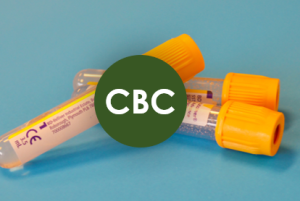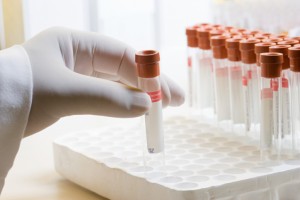Prostate Cancer Awareness Month
Related
Email Newsletter
Stay up-to-date with the latest news and information from the life insurance industry by subscribing to Insights, our monthly newsletter.
About
Follow Us
Links
Your Privacy Choices | Privacy Notices | Privacy Shield | Terms | Accessibility | Language Assistance / Non-Discrimination Notice | Asistencia de Idiomas / Aviso de no Discriminación | 語言協助 / 不䈚視通知
Quest, Quest Diagnostics, any associated logos, and all associated Quest Diagnostics registered or unregistered trademarks are the property of Quest Diagnostics. All third-party marks — ® and ™ — are the property of their respective owners. © 2000-2025 Quest Diagnostics Incorporated. All rights reserved.




















High-risk groups for prostate cancer include men ages 50 and older, African American men, and men whose fathers or brothers have been diagnosed with it. Symptoms vary, and there are some men who actually have no symptoms at all.
It’s recommended that men begin receiving annual testing at age 50, or at age 45 for men with previous family history of prostate cancer. The most common method of testing is Prostate Specific Antigen (PSA) testing. The test measures the amount of PSA found in your blood. If the levels are high, that can be a signifier of prostate cancer, but it could indicate other conditions as well, such as an enlarged or inflamed prostate.
For more information on PSA testing, visit Quest Diagnostics.
[1] https://www.cancer.org/cancer/prostate-cancer.html